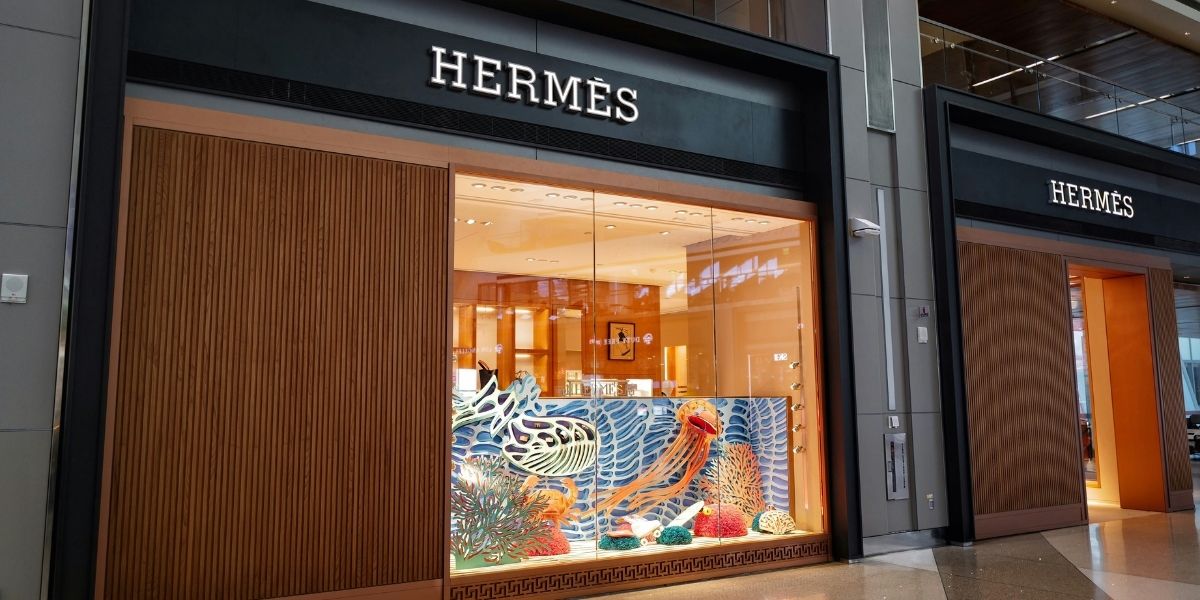How Is Green Design Defining the Future of Architecture?
In a world where environmental concerns are at the forefront, green design is becoming more than a trend—it’s a necessity. Modern architectural marvels are now built with sustainability as the primary focus, blending innovation with eco-friendly practices. This shift in design philosophy isn’t just about aesthetics; it’s about reducing our carbon footprint and making buildings that stand the test of time, both in structure and in environmental responsibility.
Green design looks at every aspect of a building, from energy use to material sourcing. It integrates systems that promote long-term sustainability—solar panels, rainwater harvesting, and natural ventilation. The goal is to create spaces that not only respect the environment but actively contribute to its preservation.
Read Also: Explore Nashville’s Shopping Scene: From Unique Boutiques to National Brands
What Are the Key Features of Green Design?
The core of green design lies in the principles of energy efficiency and sustainable resource use. These features go beyond traditional building practices and seek to minimize waste and maximize utility.
One of the most significant aspects is energy efficiency. Modern green buildings use advanced insulation, energy-efficient windows, and solar energy to reduce the need for artificial heating and cooling. The integration of smart technology further optimizes energy consumption, adjusting heating, lighting, and even ventilation based on real-time usage patterns.
Water conservation is another fundamental element. Green buildings often feature systems designed to reduce water waste, such as low-flow fixtures, greywater recycling, and rainwater collection systems. These measures ensure that water is used sparingly, an essential consideration as global water scarcity becomes a more pressing issue.
The use of sustainable materials is also key. Recycled materials, locally sourced resources, and eco-friendly products like bamboo or reclaimed wood are popular choices in green design. These materials reduce the environmental impact of construction, minimizing the demand for virgin resources and lowering the overall carbon footprint.
How Is Green Design Changing Urban Landscapes?
Urban centers around the world are undergoing transformations, with green design playing a pivotal role in how cities grow. Buildings with energy-efficient designs and eco-friendly materials are rising in place of traditional structures. This shift not only reduces emissions but also enhances the quality of life for residents.
The impact of green buildings goes beyond energy savings. Many new green structures are designed with green roofs and vertical gardens that help mitigate the urban heat island effect, improve air quality, and promote biodiversity. These features create havens of nature in otherwise concrete-heavy environments.
Moreover, the integration of sustainable public spaces—such as parks, bike lanes, and green corridors—into urban areas is expanding. Green design advocates for making cities more livable, reducing pollution, and promoting health by encouraging outdoor activities. As cities embrace green principles, they contribute to the well-being of their inhabitants while improving the overall ecosystem.
What Role Does Technology Play in Green Design?
Technology is at the heart of green design, with innovations constantly pushing the boundaries of what’s possible. From smart homes to energy-efficient systems, the integration of new technology is a game-changer in the realm of sustainable architecture.
Building Information Modeling (BIM) is one such advancement that allows architects and engineers to design with precision and efficiency. BIM makes it easier to plan and optimize energy use, material selection, and waste reduction long before construction begins. This reduces costs and ensures that projects meet sustainability goals from the outset.
Renewable energy technologies are also increasingly incorporated into designs. Solar panels, wind turbines, and geothermal systems are becoming standard in many green buildings, helping to reduce reliance on fossil fuels. These technologies not only lower the environmental impact but also offer long-term financial savings.
Can Green Design Be Implemented in Existing Buildings?
While green design is often associated with new construction, there is significant potential for incorporating sustainable practices into existing buildings. Retrofitting is a key strategy in adapting older structures to meet modern sustainability standards. This process involves upgrading systems, improving insulation, and replacing inefficient fixtures to reduce energy and water consumption.
Building owners are increasingly choosing to retrofit their properties to meet green certification standards like LEED (Leadership in Energy and Environmental Design). These upgrades often result in significant energy savings, lower utility bills, and increased property value. As the push for sustainability grows, retrofitting is becoming a viable solution for cities looking to enhance their existing infrastructure without the need for total redevelopment.
Read Also: Exploring Tennessee’s Vibrant Local Arts and Crafts Scene
Why Is Green Design Important for the Future?
The global push toward sustainability is growing stronger, with a focus on reducing environmental harm and promoting resilience in the face of climate change. Green design is integral to this movement. By incorporating sustainable materials, energy-efficient technologies, and eco-friendly practices, architects and builders can reduce the carbon footprint of entire cities while creating spaces that are healthier and more enjoyable to live in.
As climate change continues to affect weather patterns and resources become scarcer, green design is no longer optional; it’s essential. It’s about creating buildings and cities that will last, that will help us adapt to changing climates, and that will provide a better quality of life for future generations.








